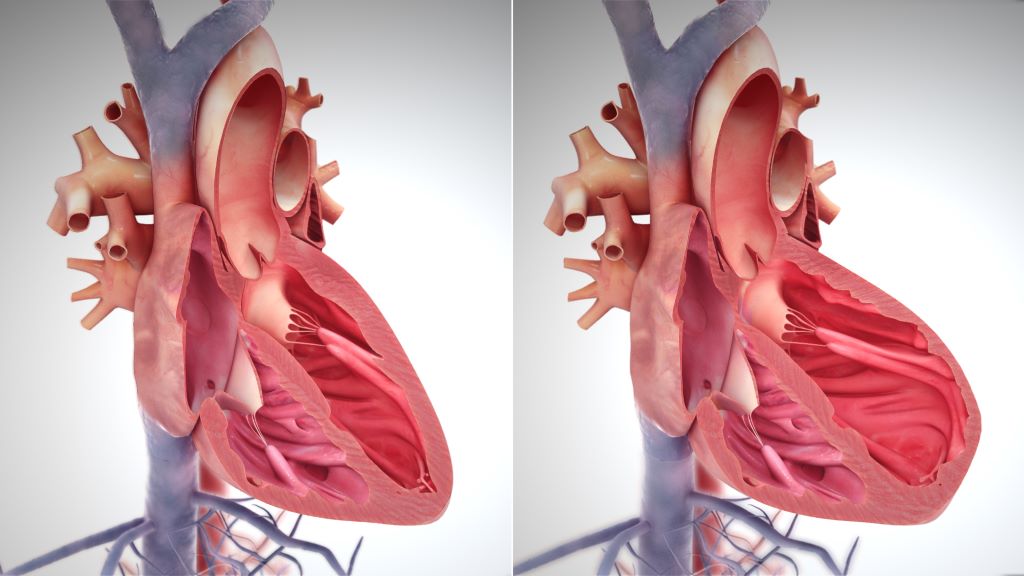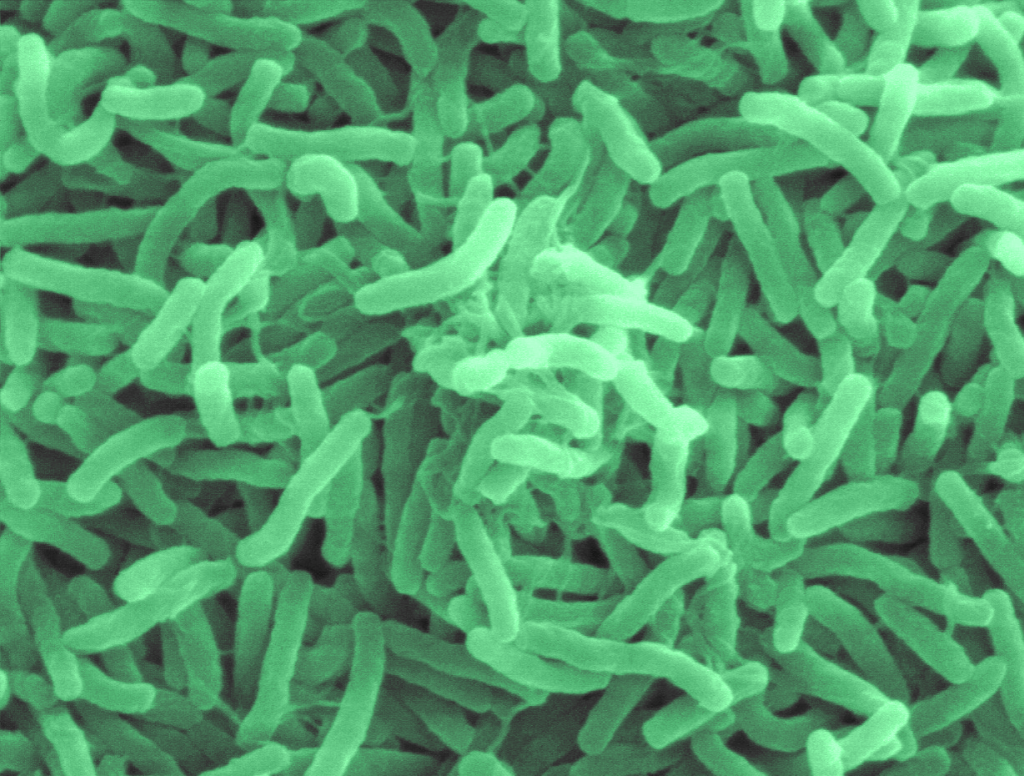Body Appreciation Varies Across Cultures
Body appreciation levels are associated with internalisation of thin ideals and with sociocultural pressure, which vary by culture and age

People from different cultures show both similarities and differences in how body appreciation, sociocultural pressure, and internalisation of thin ideals vary, according to a study published July 31, 2024 in the open-access journal PLOS ONE by Louise Hanson from Durham University, UK, and colleagues.
Body image is a multifaceted and complex phenomenon encapsulating how we think, behave, and feel about our body. To date, most body image research has focused on young, White, Western women, and has focused on negative rather than positive body image.
By contrast, Hanson and colleagues examined body appreciation, encapsulating positive thoughts and feelings regarding one’s own body. They also included participants not only from Western countries (ie, Australia, Canada, United Kingdom, United States of America), but also China and Nigeria. A final sample of 1186 women completed the questionnaires and were included in the analysis.
The results did not reveal significant difference in body satisfaction between women of different ages, but there was significant variation between cultures. Black Nigerian women had the highest body appreciation, followed by Eastern Asian Chinese women, with White Western women reporting lowest body appreciation. The findings suggest that ethnicity and culture are important influences on body appreciation and might act as protective factors that promote positive body image.
High internalisation of the thin ideal, and high perceived pressure about appearance from family, peers, and the media, were associated with lower body appreciation. Internalisation varied by age in some cultures: older White Western and Black Nigerian women reported lower thin-ideal internalisation than younger women, but Chinese women experienced the same thin-ideal internalisation across the lifespan.
For women from all cultures, older women reported lower perceived sociocultural pressure than younger women. White Western women experienced more perceived pressure from the media than Black Nigerian and Chinese women, but Chinese women reported the most pressure from peers. The results also showed that Black Nigerian women reported the lowest sociocultural pressure overall, and that Chinese women reported the most pressure.
The authors suggest that future studies should include more women in older age groups to obtain a fully representative picture of women’s body appreciation across the lifespan. In addition, further development of measurement tools is necessary for future research in cross-cultural contexts. According to the authors, the results of the current study could be used to target positive body image interventions to each culture. Further research may be required to develop effective interventions for each group.
The authors add: “We found that body appreciation was relatively stable across all ages and sociocultural pressure was evident in all cultures. However, the extent to which this pressure was experienced and where it came from differed across cultures.”
Provided by PLOS





